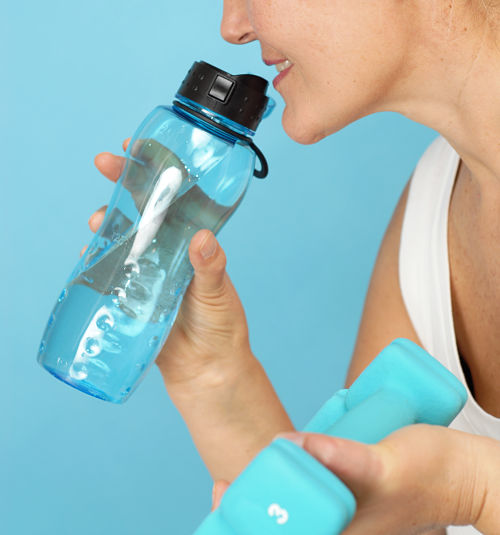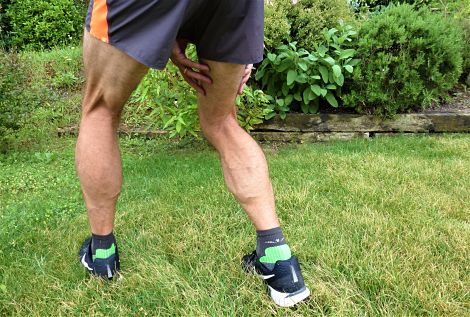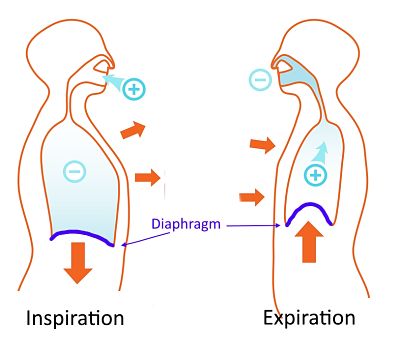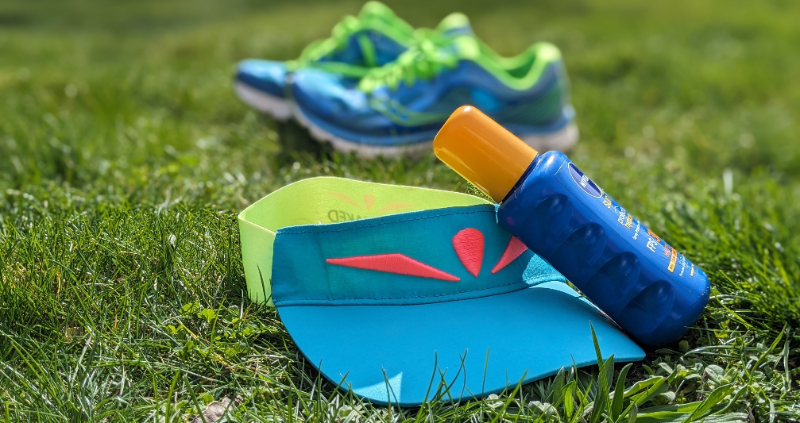How to Prevent Running Cramps

Listen to any group of runners chatting and the question of how to prevent running cramps in your calves or thighs comes up very often.
If you suffer from side cramps, they are usually related to breathing issues or digestive issues but leg cramps are generally related to electrolyte issues or inadequate muscle conditioning.
Knowing the cause of your leg cramps will help you decide how to deal with them and how to prevent them in the first place.
(Please note that as an Amazon associate I earn from any qualifying purchases)
How to prevent running cramps due to electrolyte imbalance
The first step in how to prevent running cramps is to look at your diet. The main electrolytes, or lack of them, that cause running cramps are magnesium, sodium, potassium and chloride.
Magnesium is an essential mineral that helps in the contraction and relaxation of muscle.
Sodium is the key mineral that helps maintain body fluid levels.
Potassium is the third most abundant mineral in your body. It helps in regulating fluid levels, sending nerve signals and controlling muscle contractions.
Chloride is an electrolyte that helps to regulate the fluid levels in your body.
Why you might be low in electrolytes
A key to correcting any electrolyte imbalance is to work out why there is this imbalance in the first place. The following are possible causes of electrolyte imbalance:
- You sweat a lot or you don't take in enough fluids during or after a workout.
- Your diet is lacking in certain minerals and vitamins.
- You are on a LCHF( low carbohydrate high fat) diet and not ingesting enough salt.
- You are on certain medications such as antibiotics, diuretics or corticosteriods.
- You have been suffering with prolonged diarrhea or intestinal tract problems.
- You suffer from an endocrine disorder.
How to improve your electrolyte imbalance
Depending on the cause, it is very possible to correct any electrolyte imbalance.
Obviously if you have a metabolic or endocrine disorder or are on specific medication , you must first discuss how to go about this with your medical practitioner or dietitian.
General rules:
- Go easy on your caffeine intake as it acts as a diuretic (makes you wee more) and so can be dehydrating.
- Avoid processed food as much as possible as processing often strips out the vitamins and minerals.
- Drink enough fluids. How much is enough?
Improve your magnesium level:
- Increase your intake of leafy green vegetables such as spinach and kale. Have at least one serving per day.
- Nuts and seeds have magnesium, so feel good about snacking on almonds, brazil nuts, pecan nuts and chia and hemp seeds.
- Drink coconut water.
- Reduce your carbohydrate intake and sugar intake as much as possible. Zero sugar is best! High insulin levels (caused by high carbohydrate intake) causes the kidneys to excrete magnesium. The book The Art and Science of Low Carbohydrate Performance is well worth a read.
- Consider a magnesium supplement such as Chelated Magnesium.
Improve your potassium level:
- Eat an avocado, a portion of leafy green vegetables, white beans or mushrooms a day.
- Eat a potassium rich fruit every day such as banana, tomato, passion fruit, kiwi.
Improve your sodium and chloride levels:
- Increase your salt intake.
- Have a cup of bouillon every day.
- Consider an electrolyte supplement such as Saltstiks.
Sports companies have used this knowledge to their advantage judging by the amount of electrolyte sports drinks available to buy. However be careful. Yes these drinks contain electrolytes but they also contain a huge amount of sugar. These sugars can cause spikes in blood insulin and nausea, when taken in larger quantities.
One sports drink however that I do recommend is Tailwind. If you want an electrolyte drink that has all the electrolytes that you need, is very easy on the stomach with no insulin blood spikes (only uses simple glucose) and tastes good (important!) then give it a try.
How to prevent running cramps and muscle conditioning
Lack of muscle conditioning plays a big role in how to prevent running cramps.
How many runners do you know who only run. Meaning they do no other strength training activities.
Add to that, lack of diversity in training, always running the same route at the same pace, plus getting older and you have a recipe for someone who may suffer from poor muscle conditioning.
So what can you do about it?
Improve your overall base fitness.
Take a good look at your training and ask yourself if you are training your whole body or just your legs. If you answered yes, think about diversifying and incorporating strength training into your life. Yep it can be hard when you already have a very hectic schedule but it can pay huge dividends not just in reducing cramps but also in making you a faster and more efficient runner.
If you need a guided strength training plan, have a look at this website which offers 2 levels of strength training plans. There is a one off payment but I have total confidence in their packages so am happy to recommend them.
If you'd prefer a book then this is worth a look: Quick Strength for Runners: 8 Weeks to a Better Runner's Body.
Train for the race.
A key aspect in how to prevent running cramps is to make sure that you do the right training for the race. I know that sounds obvious but so many people either don't put in enough mileage during training or they don't practice on the type of terrain that they are going to be racing on. Your muscles and ligaments need to be woken up or reminded of what lies ahead.
Check for any biomechanical weakness or imbalance.
An injury or weakness on one side of the body can cause an imbalance in your running form. This can lead to running injuries or causes some muscles to overwork, leading to cramps. If this sounds like you, consider getting advice from a professional. It is not a bad idea to get an annual check up from an osteopath, a bit like a car getting a service.
Causes of leg cramps
How to relieve leg cramps while running
Side cramp



